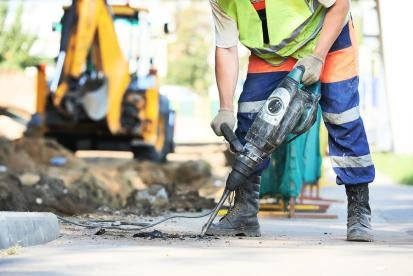Except for training, the construction industry will have a two-month respite from full enforcement of the new confined spaces in construction standard, provided employers can demonstrate to the satisfaction of the Occupational Safety and Health Administration that they are making good faith efforts to comply with the new rule.
The standard goes into effective August 3, 2015, but, in a press release this month, OSHA announced it was postponing full enforcement of the new standard until October 2, 2015, after employers requested additional time to train and to acquire equipment necessary to comply. The policy memorandum can be found here.
During the 60-day temporary enforcement period, the agency said no citations would be issued to employers who take steps to comply. These compliance efforts include:
Scheduling training for employees as required by the new standard;
Ordering or otherwise arranging to obtain the necessary equipment, including personal protective equipment, and taking alternative measures to educate and protect employees from confined space hazards; and
Making any additional efforts to educate workers about confined space hazards and to protect them from those hazards.
However, there is one exception to this temporary policy. OSHA said employers must be in compliance with either the training requirements of the new standard (at 29 CFR § 1926.1207) or those of the former standard (at 29 CFR § 1926.21(b)(6)(i)). The latter provision mandates that employees required to enter confined spaces receive instruction on the nature of the hazards involved, necessary precautions, and the use of required protective and emergency equipment.
“Employers who fail to train their employees consistent with either of these two standards will be cited” under the new standard, § 1926.1207(a), the agency said.
The final rule, issued in May, provides construction workers with confined space protections similar to workers in manufacturing and general industry, yet tailored to the construction industry. These include requirements to ensure that multiple employers share vital safety information and to continuously monitor hazards using technological resources not available when the manufacturing and general industry standards were released.
According to OSHA, the new rule could protect nearly 800 construction workers a year from serious injuries and reduce life-threatening hazards.
Interests representing the homebuilding sector have filed suit in the federal appeals court in New Orleans alleging the rule is arbitrary and capricious, not supported by the record, and an abuse of discretion.





 i
i


